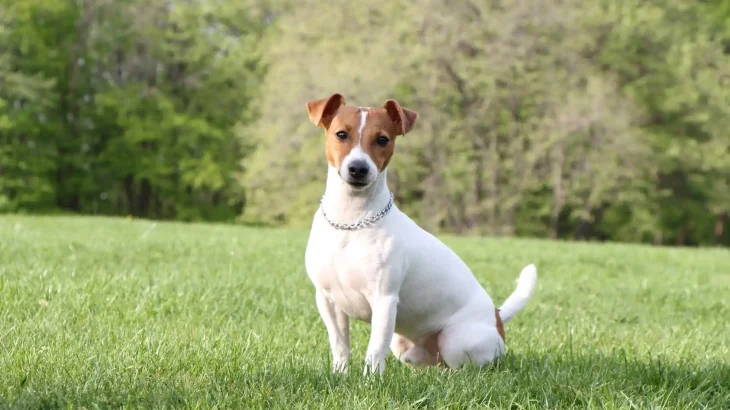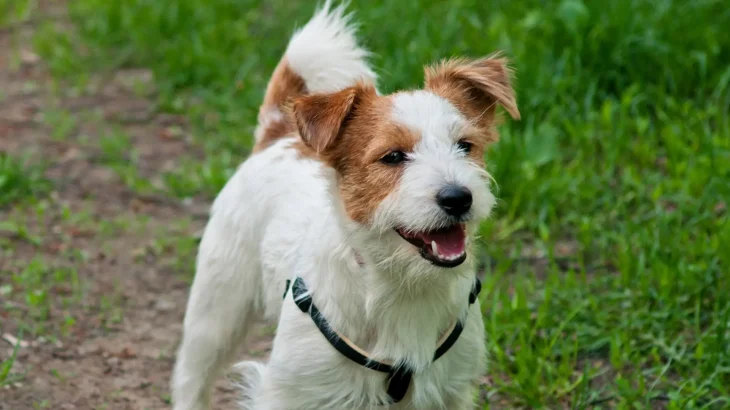When deciding on a Jack Russell Terrier puppy, the choice between adopting or buying involves weighing factors like health history and ethical considerations. Purchasing from a breeder tends to offer clarity on lineage and health, whereas adoption focuses on providing a loving home to a dog in need, often at a lower cost.
Adoption vs. Breeder: Pros & Cons
| Criteria | Buying from Breeder | Adopting from Shelter/Rescue |
|---|---|---|
| Cost | Usually higher, reflecting breed purity and breeder support; can range widely. | Lower adoption fees, often including basic veterinary care. |
| Health History | Comprehensive health records and genetic screenings typically available. | Health history may be incomplete; basic exams are done but genetic risks may be unknown. |
| Age Availability | Primarily available as young puppies for early training and bond formation. | Varied ages, including adults, which might skip puppyhood stages. |
| Temperament Insight | Breeders can provide insights based on lineage and early observation. | Shelter staff can share behavioral observations but may lack detailed background. |
| Ethical Considerations | Supports responsible breeding if breeder is reputable; risks supporting unethical breeding otherwise. | Helps reduce shelter populations and saves dogs needing homes. |
| Breed Purity & Pedigree | Clear documentation to confirm breed standards and lineage. | Breed may be mixed or uncertain; paperwork often not provided. |




















































